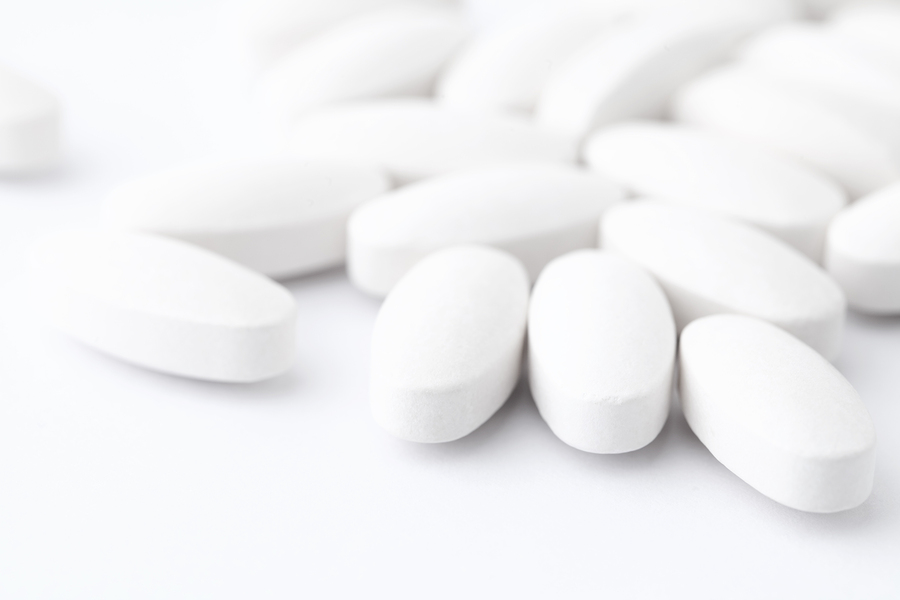 Methadone is an opiate analgesic often used to treat withdrawal from and addiction to opioid drugs, and sometimes used to treat chronic pain. It is the most commonly used medication in medication-assisted opiate detox.
Methadone is an opiate analgesic often used to treat withdrawal from and addiction to opioid drugs, and sometimes used to treat chronic pain. It is the most commonly used medication in medication-assisted opiate detox.
This medication works by mimicking the effects of other opioid drugs, thereby easing the symptoms of withdrawal and helping to prevent cravings for opioid drugs while in treatment for addiction. It can help reduce the chance of relapse when used as a maintenance medication.
While methadone has been in use for several decades, it is a carefully controlled substance. Only licensed treatment programs can dispense the drug, and it is not available on an outpatient basis.
The use of methadone within the context of drug rehabilitation programs is intended to treat narcotics addiction and dependence; however, it is possible to become addicted to methadone if it is used incorrectly. Methadone is a highly addictive substance, so it is important that the smallest dosage possible is used to prevent withdrawal and cravings. Withdrawal from methadone is milder than that from other drugs, so it is possible for an individual to use methadone as part of a treatment plan without experiencing the harsh side effects caused by illicit drugs.
Effects of Methadone
The National Library of Medicine lists the following common side effects of methadone:
- Fatigue
- Headache
- Nausea and vomiting
- Decreased appetite
- Weight gain
- Abdominal pain
- Dry mouth
- Sore tongue
- Increased perspiration
- Flushing
- Mood fluctuations
- Vision issues
- Insomnia
- Low sex drive
- Issues with menstruation
Some side effects can result from a life-threatening reaction to the drug. The following side effects are more serious and should receive immediate medical attention:
- Seizures
- Itching
- Hives
- Rash
- Swelling of the face, mouth, or throat
- Hoarseness
- Difficulty breathing or swallowing
- Extreme drowsiness
- Hallucinations
An overdose of methadone can be extremely dangerous. Symptoms of overdose include:
- Pinpoint pupils
- Slow, shallow breathing
- Drowsiness
- Cold, clammy or blue skin
- Loss of consciousness
- Limp muscles
Long-term effects of methadone abuse include lung and respiratory problems, which may be permanent.
Methadone Addiction and Treatment
As the popularity of methadone maintenance treatment has increased, the amount of methadone diverted onto the street from legitimate clinics has risen. Subsequently, the rates of addiction and overdose have also risen. A story published by USA Today reported that the number of methadone-related deaths has grown more quickly than the number of deaths related to any other drugs over the past few years.
According to CESAR, methadone has a more gradual and mild onset than illicit substances, which helps prevents the user from feeling a “high” and experiencing euphoric effects. Despite this, some people use methadone as their primary drug of choice. Methadone used as a street drug is diverted from legitimate addiction treatment centers. While methadone is only dispensed orally for legitimate use, it is common for those abusing the drug to inject it, so effects from the drug will be experienced more quickly. Injecting methadone involves an increased risk of overdose, as well as risked exposure to diseases like HIV/AIDS.
Treatment for methadone addiction is similar to treatment for any illicit drug, particularly for any opiate drug. Behavioral therapy can be received in an inpatient or outpatient setting; however, inpatient treatment is usually recommended initially as the most comprehensive form of treatment.
The Substance Abuse and Mental Health Services Administration (SAMHSA) lists the following types of therapy as being most common in the treatment of substance abuse:
- Cognitive Behavioral Therapy: This model of therapy teaches individuals to recognize unhelpful or damaging patterns of thought and behavior, and replace them with new, healthier patterns. This can end the cycle of drug abuse and help individuals cope with difficult emotions and situations that could trigger relapse.
- Motivational Enhancement Therapy: This type of therapy is often used in the beginning stages of treatment. The purpose of this therapy is to encourage participation in treatment, increase motivation, and encourage commitment to recovery.
- Contingency Management: This model of treatment uses positive reinforcement to encourage participation in treatment and the maintenance of sobriety. Rewards are given for specific healthy behaviors, which helps to create a positive association with treatment and recovery. This model encourages the individual to continue choosing healthy behaviors in the future.
Therapy is typically delivered in both an individual and group setting. Inpatient treatment offers 24-hour supervision and care, but it can be cost prohibitive for some. Outpatient programs can be a more affordable option, and individuals with a good support system may benefit from staying connected with their lives outside of treatment. Whichever type of treatment is chosen, it’s imperative that treatment is catered to the individual, ensuring the best chance of sustained recovery.
